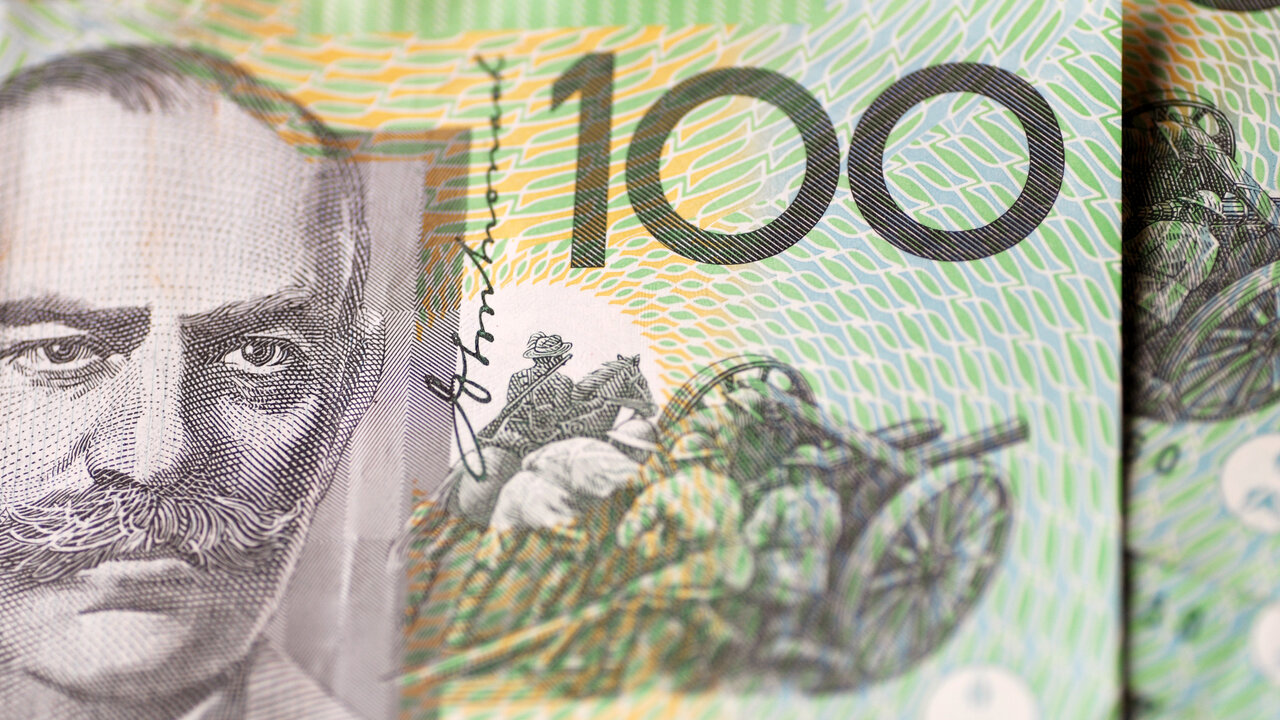- AUD/USD fades bounce off intraday low, snaps two-day uptrend.
- RBA’s Ellis backs easy money policy with eyes on employment, inflation.
- China warns US over warships in Taiwan Strait, Canberra-Beijing tussles escalate.
- US PMIs, Fedspeak can offer extra directives but risk catalysts stay on the driver’s seat.
AUD/USD retreats to 0.7540, down 0.16% intraday, during the first daily downside on early Wednesday. The pair recently reacted to price-negative headlines from China while failing to justify the RBA policymaker’s optimism.
Reserve Bank of Australia (RBA) Assistant Governor (Economic) Luci Ellis, recently crossed wires, via Reuters, while repeating the signature tunes of RBA policymakers. In doing so, RBA’s Ellis said that the board remains committed to “maintaining highly supporting monetary conditions.” The RBA board member also mentioned, “Aim of policy settings is to support a return to full employment and inflation consistent with the target.”
On the other hand, a poll showing sour relations between Australia and China exert downside pressure on the AUD/USD prices. Also, China’s warning to the US over its warships in the Taiwan Strait, as well as Beijing’s push to control commodity prices, add to the pair’s downside momentum.
Earlier in Asia, the preliminary readings of Commonwealth Bank of Australia’s (CBA) activity numbers for June eased from prior levels even as the CBA called for rate hikes in 2022. The readings triggered the AUD/USD pair’s initial losses following a two-day uptrend, mainly led by the US Federal Reserve (Fed) policymaker’s step back on the tapering and rate hike signals flashed last week.
Amid these plays, stock futures and Treasury yields remain directionless while the US dollar rebounds amid the fresh rush to risk safety.
Considering the scheduled readings of US PMIs for June and Fedspeak left for publishing, AUD/USD may remain pressured ahead of the releases. Should the data/events turn out as requiring the Fed’s monetary policy adjustment, the risk-barometer pair can drop back towards the yearly low.
AUD/USD failed to cross 200-day SMA, around 0.7560, during the early week recovery. The following pullback takes clues from bearish MACD to direct bears toward the yearly bottom surrounding 0.7480-75.





